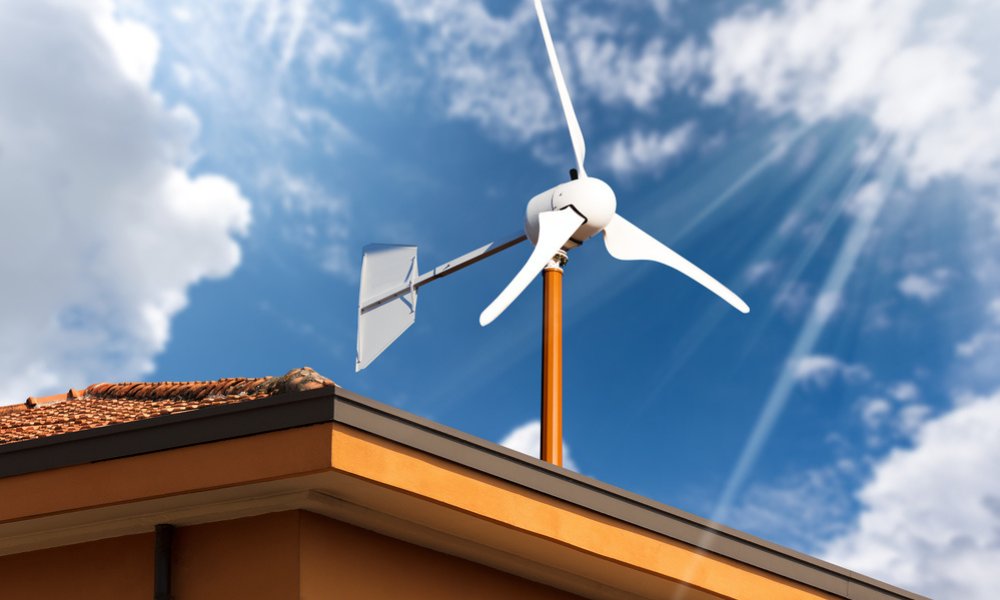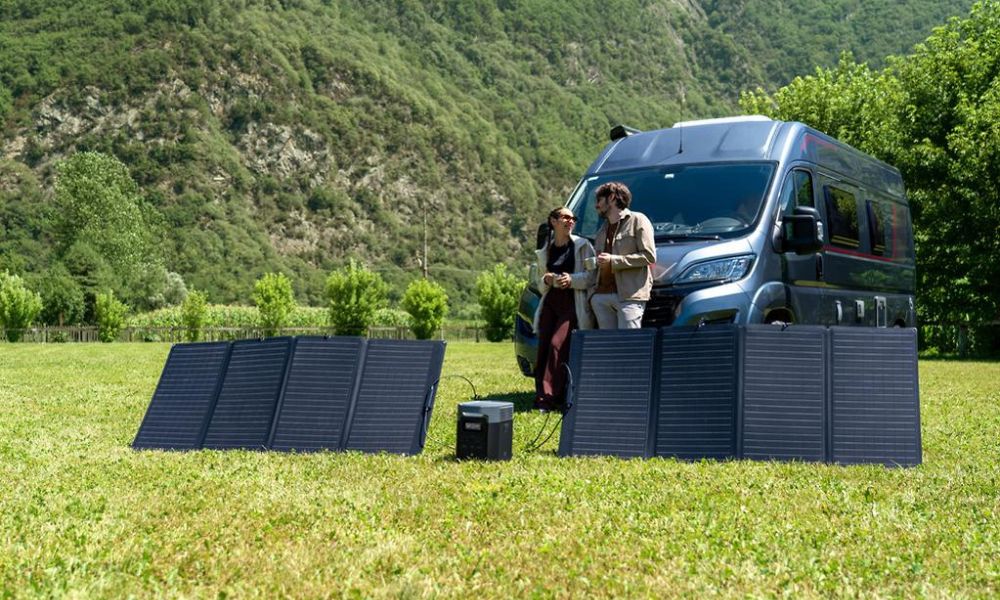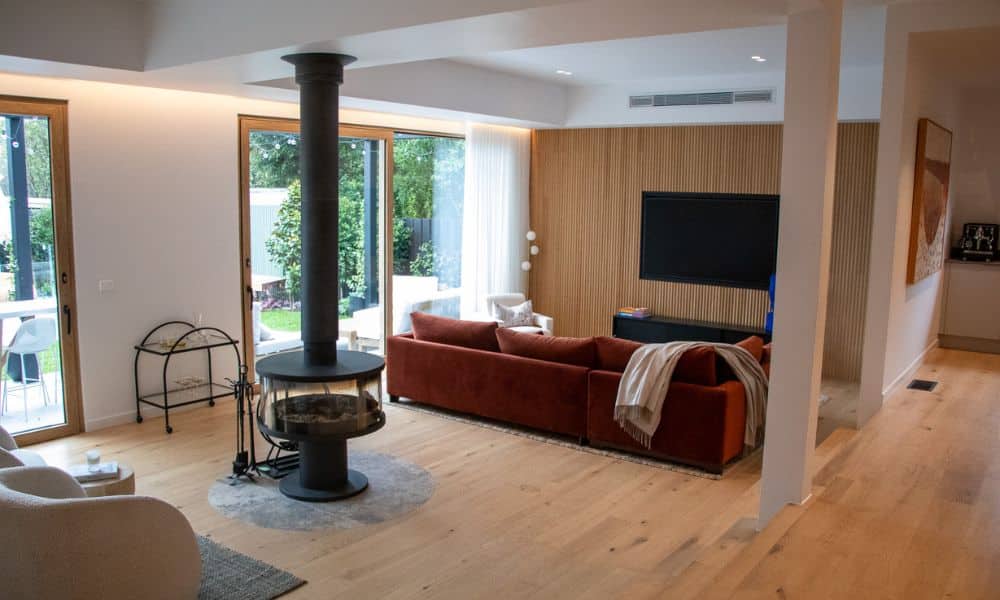The goal around the world is to achieve a net-zero world by 2050 in a bit to halt and even reserve climate change. The 2015 Paris Climate Accord saw around 200 countries agree to work together towards this goal, while countries with significant emissions like China and India are rapidly rolling out renewable energy solutions in order to get closer to that goal.
So gazing into the crystal ball, what would a net-zero carbon world look like in 2050? What changes can we expect to see that would impact our everyday ways of life?
A big change in the way we move around
Transport is the largest cause of CO2 emissions, and for the world to be truly carbon net-zero, there will need to be major changes in this space. Electric cars have been threatening to become mainstream for some time, especially with the heavy investment into research done by companies like Tesla and Volkswagen and their ability to produce vehicles that can travel long distances and are available at affordable prices.
Still, to date, there were only 4.79 million electric cars on the road globally at the end of 2019. A zero-carbon world will need a healthy proportion of the 1.4 billion cars on the road to be electric – cars and trucks, buses, motorbikes, and marine vehicles. This is starting to happen with solar panels available for boats.
The way we build things
While we are working on green office spaces and buildings around the world, the bottom line is that fossil fuels are still being used to build them in many instances. Steel production makes up 7 per cent of the world’s total emissions while concrete makes up 8 per cent, and those figures will need to be addressed in a carbon net-zero world. Will we see alternatives to steel and concrete being used? These are big questions that will need to be answered across the next 30 years.
A much greener planet
To reach carbon net-zero, we will need to plant trees – and a lot of them. Nature is our best weapon in the fight against climate change, and there will be a lot more trees in the future to suck the carbon out of the air and convert it into oxygen. We are likely to see many more green spaces in urban centres, on buildings and in places where they don’t presently thrive.
More individual items powered by solar
This trend is rapidly taking off, with numerous devices replacing batteries with individual solar panels. Traditional batteries can leak all sorts of harmful materials into the environment like mercury, lead and cadmium, while connecting these devices to mains power means more dependence on fossil fuels. You can get a wide range of devices today powered by mini solar panels, including outdoor lighting, security cameras and much more.

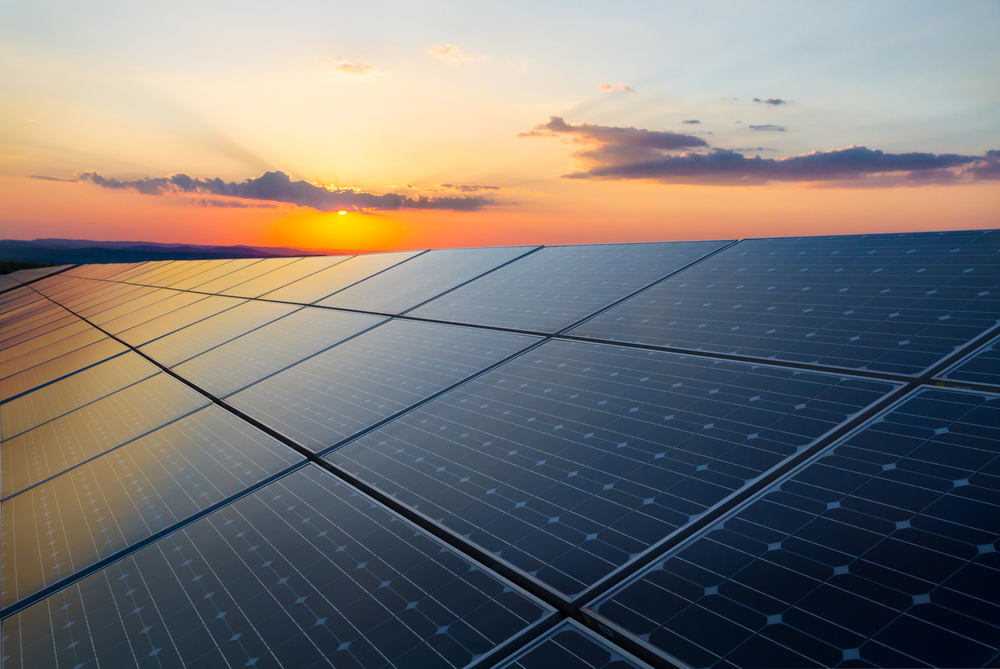
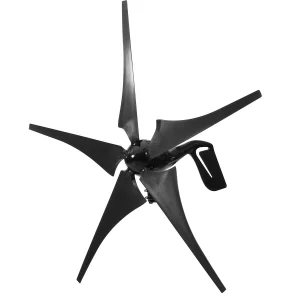 Retail
Retail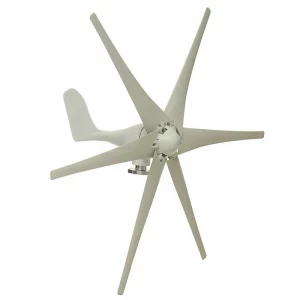 Retail
Retail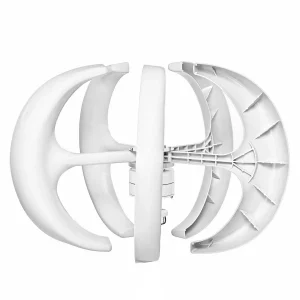 Retail
Retail